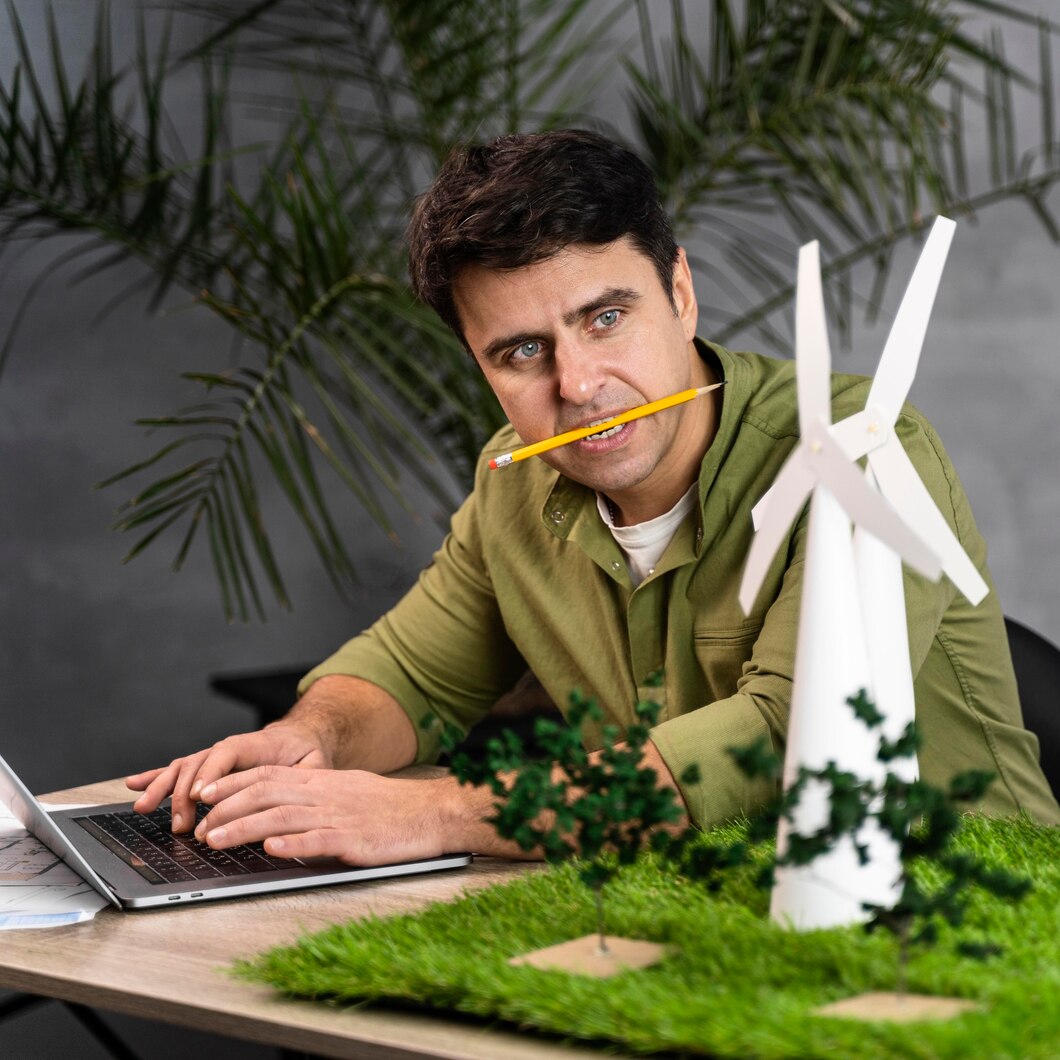Artificial intelligence (AI) is becoming a pivotal ally in designing sustainable and eco-friendly products in the rapidly evolving world of technology. The use of ai art generator technologies not only enhances creativity in design but also fosters environmental responsibility. This article explores how AI can be harnessed to improve sustainability in product design, significantly impacting one’s efforts to protect and nurture the environment.
Streamlining Material Selection
One of the first steps in creating eco-friendly products is selecting the right materials. AI can analyze vast amounts of data on material properties, availability, recyclability, and environmental impact, making it easier for designers to make informed decisions. By integrating AI tools, companies can identify materials that reduce their environmental footprint without compromising on quality or performance. This leads to more sustainable product development and helps minimize waste during production.
AI systems can also predict the lifecycle of materials, providing insights into their long-term sustainability. This allows designers to choose materials that last longer and are easier to recycle, ultimately contributing to a circular economy.
Optimizing Product Design for Sustainability
AI can significantly optimize the design process to enhance product sustainability. Through advanced algorithms, AI can quickly simulate and analyze multiple design iterations, identifying the most efficient designs that use less energy and resources. This process, known as generative design, enables designers to achieve optimal functionality and sustainability without extensive physical prototyping.
Generative design can also suggest structural improvements that reduce material use while maintaining or enhancing product durability and performance. This not only saves materials but also reduces the carbon footprint associated with producing and transporting these materials.
Enhancing Manufacturing Efficiency
AI’s impact extends beyond the design phase into manufacturing. AI-powered automation can streamline production processes, reducing waste and energy consumption. Smart manufacturing systems can adjust energy use and material flow in real time, optimizing both for maximum efficiency and minimal environmental impact.
Additionally, AI can predict machine maintenance needs and schedule repairs before breakdowns occur, reducing downtime and extending the lifespan of manufacturing equipment. This conserves resources and decreases the environmental impact associated with equipment manufacturing and disposal.
Adobe Firefly states, “AI art generators let anyone who can enter text make original images. No matter your skill level with sketching, painting, or drawing, you can type a prompt to create an AI-generated image.”
Facilitating Lifecycle Analysis
Understanding a product’s environmental impact throughout its lifecycle is crucial for sustainable design. AI can automate and enhance lifecycle analysis, allowing companies to assess their products’ ecological footprint from creation to disposal. This comprehensive analysis helps identify key areas for improvement and develop strategies to mitigate environmental impacts at each stage of the product lifecycle.
AI-driven lifecycle analysis also helps companies communicate their products’ environmental attributes to consumers, which can drive market preference for more sustainable options.
Promoting Consumer Awareness and Sustainable Choices
AI can play a crucial role in educating and influencing consumer behavior toward sustainability. AI-powered applications can provide consumers with information about the sustainability of products and suggest eco-friendly alternatives based on their preferences and past behavior.
AI can help create personalized experiences promoting sustainability, such as virtual try-ons or interactive platforms that illustrate the environmental impact of different product choices. By making sustainability a key factor in decision-making, AI empowers consumers to make more informed and environmentally friendly choices.
AI holds remarkable potential to revolutionize product design in favor of sustainability. From optimizing material selection to enhancing manufacturing processes and empowering consumers, AI provides tools that can significantly reduce the environmental impact of products. As companies continue to embrace these technologies, the promise of a more sustainable and eco-friendly future becomes increasingly attainable. By investing in AI-driven design innovations, one can look forward to a world where technology drives economic growth and safeguards the planet.




